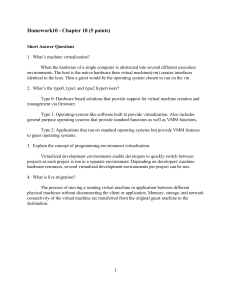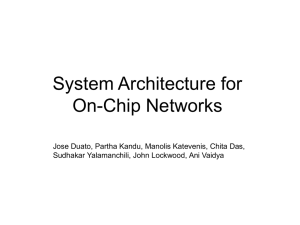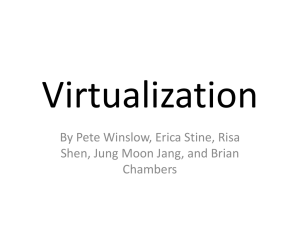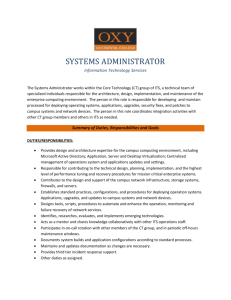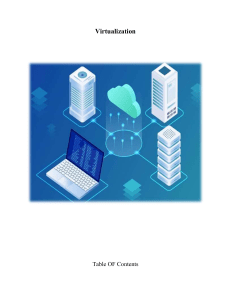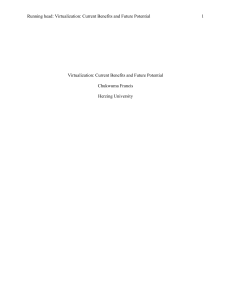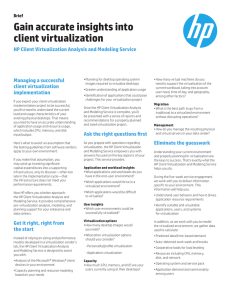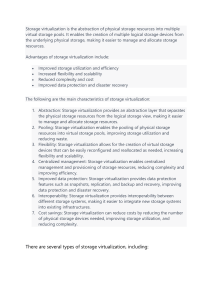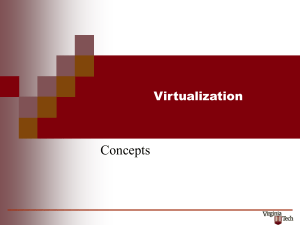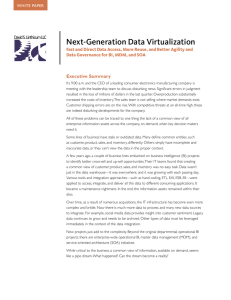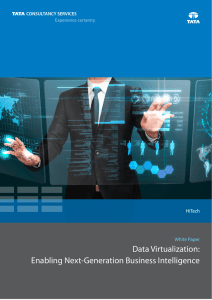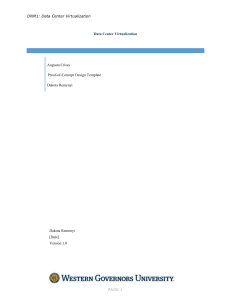VIRTUAL MACHINES By: Sai Siddharth Kumar Dantu
advertisement
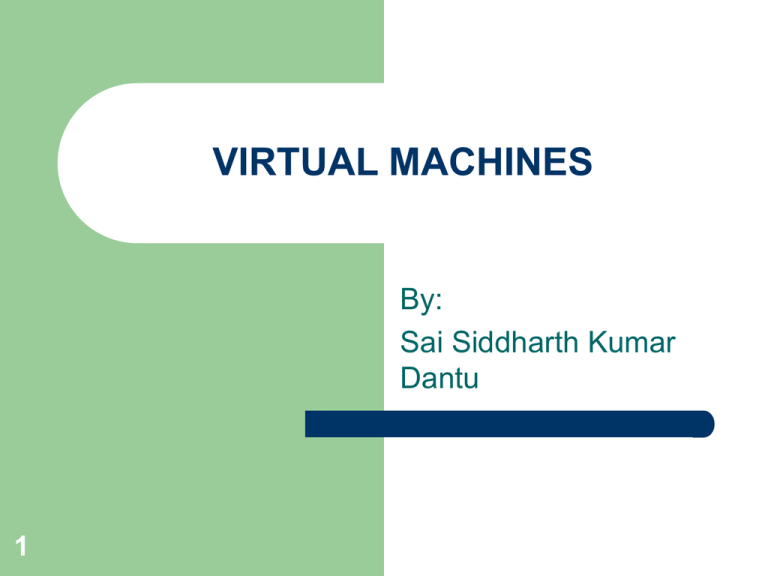
VIRTUAL MACHINES By: Sai Siddharth Kumar Dantu 1 Virtual Machine 2 A Virtual Machine is a software that creates a virtualized environment between the computer platform and the end user in which the end user can operate software. Description 3 A virtual machine provides an interface identical to the underlying bare hardware. The operating system creates the illusion of multiple processes, each executing on its own processor with its own (virtual) memory. Virtualization 4 Virtualization is an abstraction layer that decouples the physical hardware from the operating system to deliver greater IT resource utilization and flexibility. It allows multiple virtual machines, with heterogeneous operating systems to run in isolation, side-by-side on the same physical machine. Virtualization contd.. 5 Each virtual machine has its own set of virtual hardware (e.g., RAM, CPU, NIC, etc.) upon which an operating system and applications are loaded. The operating system creates the illusion of multiple processes, each executing on its own processor with its own (virtual) memory. History 6 Virtualization was first introduced in the 1960s to allow partitioning of large, mainframe hardware. In the 1990s, researchers began to see how virtualization could solve some of the problems associated with the proliferation of less expensive hardware, including underutilization, escalating management costs and vulnerability. Virtual Machine Monitor 7 The host software that provides virtualization is often referred to as a virtual machine monitor (VMM) or hypervisor. The VMM gives each virtual machine an illusion of a complete computer to itself. 8 Architecture 9 Features 10 Each virtual machine has its own set of virtual hardware (e.g., RAM, CPU, NIC, etc.) upon which an operating system and applications are loaded. The operating system sees a consistent, normalized set of hardware regardless of the actual physical hardware components. Benefits 1. Partitioning - Multiple applications and operating systems can be supported within a single physical system. - There is no overlap amongst memory as each Virtual Memory has its own memory space. 11 Benefits 2.Isolation -Virtual machines are completely isolated from the host machine and other virtual machines. If a virtual machine crashes, all others are unaffected. -Data does not leak across virtual machines. 12 Summary 13 Virtual machines are a number of discrete identical execution environments on a single computer, each of which runs an operating system. This can allow applications written for one OS to be executed on a machine which runs a different OS which provide a greater level of isolation between processes than is achieved when running multiple processes on the same instance of an OS.
